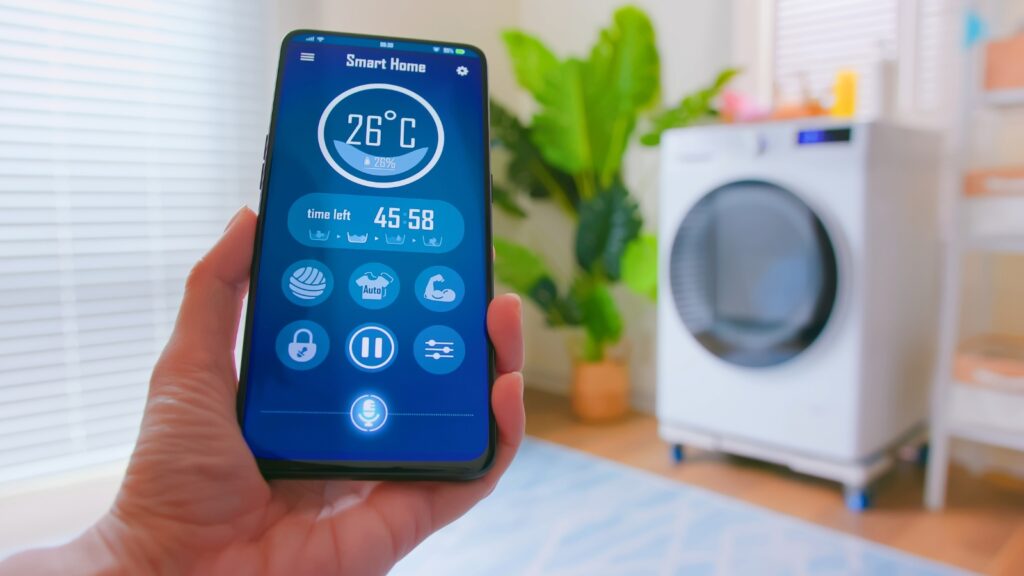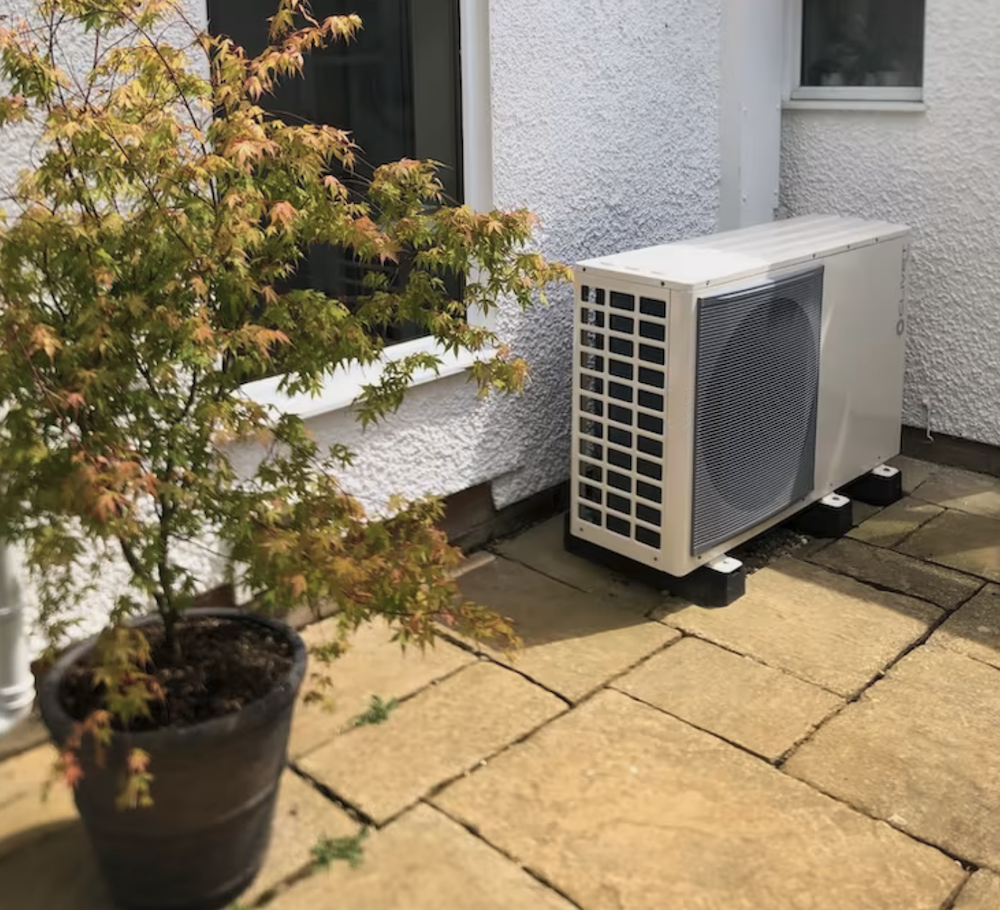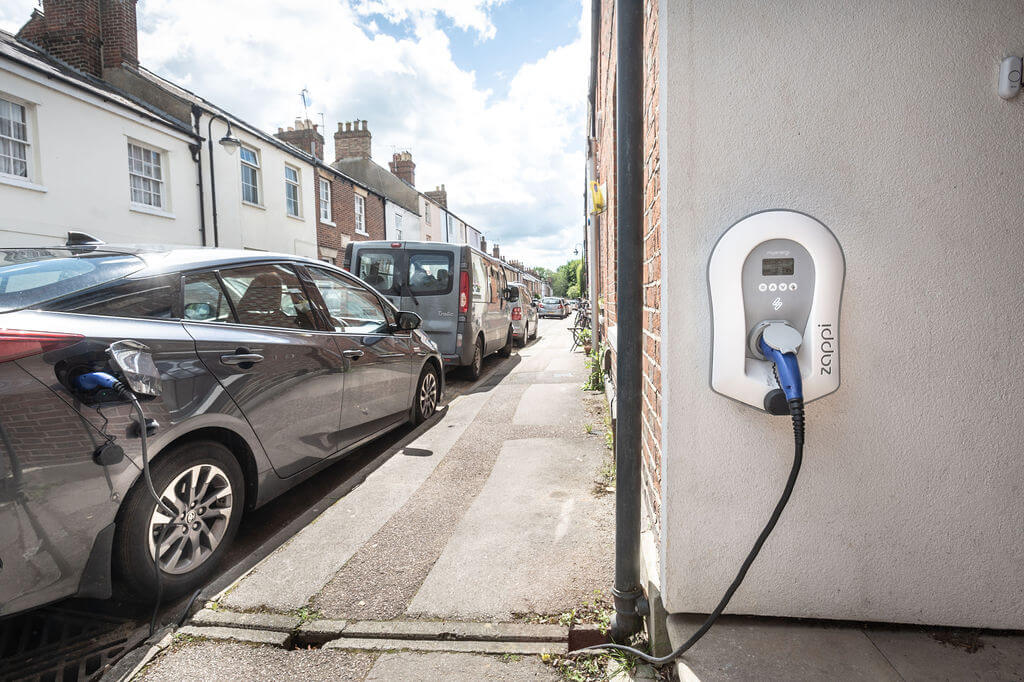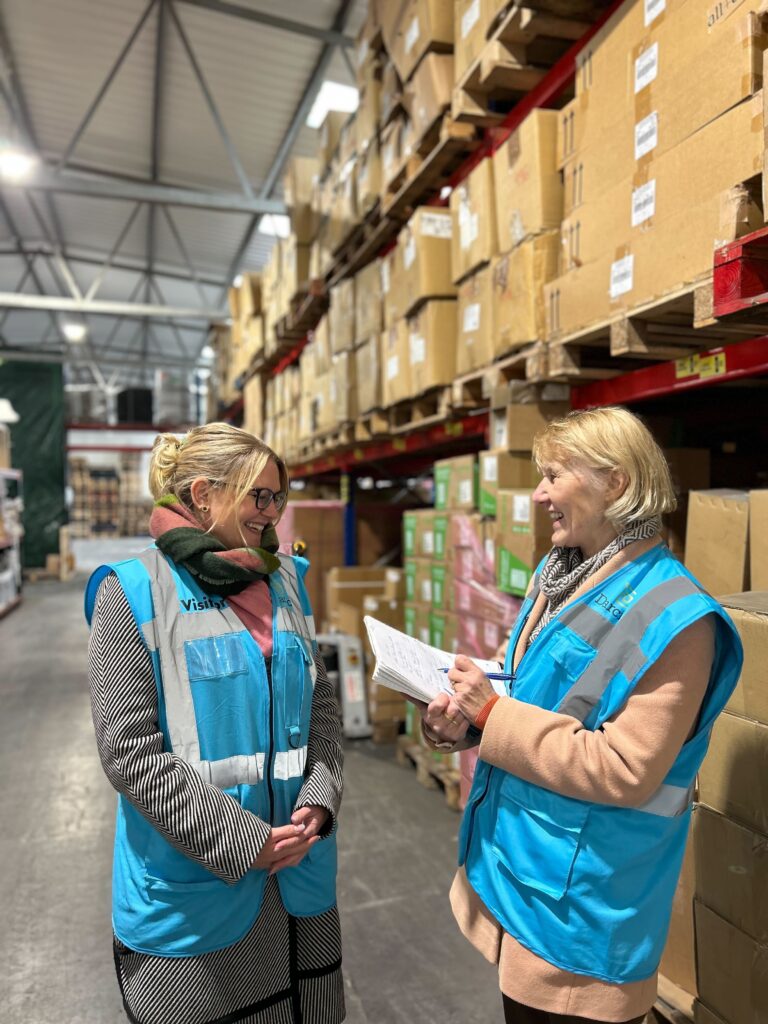
What is Consumer-Led Flexibility and What it Means for Your Home and Business
Consumer-Led Flexibility (CLF) is set to play a vital role in the energy transition, benefitting homes and businesses. It can help lower energy bills, reduce carbon emissions and make our electricity system more resilient.
What exactly is consumer-led flexibility?
In simple terms, consumer-led flexibility (CLF) involves shifting when you use electricity to help balance the supply and demand on the energy grid. Instead of the grid constantly adjusting supply to meet our every need, we, the consumers, can play an active role in adjusting our demand to match the available supply.
Think of it this way: the sun doesn’t always shine, and the wind doesn’t always blow. As we transition to more renewable energy sources like solar and wind, the amount of clean electricity on the grid will fluctuate. Consumer-led flexibility allows us to make the most of this clean, cheap energy when it’s abundant, and reduce our usage when it’s scarce or more expensive. This voluntary action, often incentivised by a price signal, benefits both the grid and consumers.

Government has a plan
The Government’s ‘Clean Flexibility Roadmap’ outlines its plans for a cleaner, more flexible electricity system, that makes the most out of existing energy infrastructure, reducing overall system costs and therefore cutting down people’s energy bills.
It crucially sees flexibility as an important part of delivering clean power by 2030 and net zero by 2050.
“Flexibility will be embedded throughout the system – from households choosing rooftop solar, home batteries and smart tariffs, to businesses earning revenue from small fluctuations in their power use, to large-scale storage and low carbon dispatchable generation responding to system needs in real time.”
How does this affect my home?
For homeowners, consumer-led flexibility is an opportunity to save money and reduce your carbon footprint without major disruption to your daily life. It’s enabled by smart technology and smart tariffs, which are becoming increasingly common.
- Smart Tariffs: Time-of-use tariffs, for example, offer cheaper electricity during off-peak hours (like at night) when demand is low. By programming your dishwasher, washing machine, or tumble dryer to run overnight, you can significantly reduce your electricity bill.
- Electric Vehicles (EVs): This is one of the most powerful examples. Smart charging an EV means it can automatically charge when electricity is cheapest and cleanest. This can save a typical EV driver hundreds of pounds a year.
- Heat Pumps and Home Batteries: These technologies are also key players. A smart heat pump can pre-heat your home when energy is cheap, and a home battery can store electricity generated by your solar panels (or from the grid during off-peak times) to be used later, reducing your reliance on expensive peak-time electricity.


And what about my business?
Businesses, from small enterprises to large industrial users, have a huge role to play in consumer-led flexibility. Their electricity consumption can be substantial, and by making strategic shifts, they can unlock significant savings and contribute to a more stable energy system.
- Financial incentives: Many businesses can already participate in flexibility services, where they are financially rewarded for reducing or increasing their energy consumption during specific periods. This could mean adjusting production schedules or using on-site battery storage to manage demand.
- Reduced operational costs: By using energy when it is cheapest, businesses can lower their overall energy bills, improving their bottom line.
- Sustainability goals: For many businesses, demonstrating a commitment to sustainability is a key objective. Engaging in CLF not only helps the wider energy system decarbonise but also provides a clear and measurable way to reduce their own carbon footprint.
- Enhanced energy resilience: By becoming more flexible, businesses can also become more resilient to future energy price volatility and potential grid constraints.
Challenges we see
Smart Meters
Making consumer-led flexibility available to the system means having a smart meter. Almost 70% of households now have one, but that percentage needs to increase to somewhere between 86 and 95% if there is to be enough flexibility consistently available.
To find out more about installing a smart meter, talk to your energy supplier.
Demand Reduction
If we are to keep the increase in electricity usage to double what it is now (and reduce our overall energy use by 40%) we need to reduce our buildings’ demand for heating and cooling. So, doing fabric retrofit (installing energy-saving measures) is still critically important. Insulating lofts, walls, floors, window and doors is fundamental. We know that householders and businesses can find it difficult to implement these changes; and we will continue to work on the support programmes we already have and in collaboration with Government and local partners to try and make it easier.



Inclusivity
It can sometimes seem as if policy is written for what is imagined to be the ‘average’ household: the family of 2.4 children with detached house, a garage and a driveway. This imagined average covers at best 50% of the population and takes no account of the needs of business. We need to imagine in much more concrete terms how flexible heating and EV charging can work for those who don’t own their own home, who live in flats and who don’t have control of a parking space. And how communal generation could benefit people by offering local tariffs through billing that can show two or more sources of electricity used.
We need to have a proper vision for including those who are in some way disadvantaged, and to generate that vision from their point of view.
Security
As the electricity system gets smarter, it will become much more reliant on managing enormous amounts of data coming from millions of small meters and appliances. The Government is already addressing the issues of complexity and cyber-security that will arise as the system transitions through the National Electricity Systems Operator (NESO) Energy Sector Digitalisation Plan. In particular, NESO is working with those who developed the Open Banking system to ensure that an open electricity system can work in real-time whilst keeping everyone safe.
In summary
The energy transition needs to switch people from being largely passive recipients of energy, to more active participants in a cleaner, fairer and more resilient energy system. Consumer-led flexibility – embracing smart technologies, making small and informed changes to the way we use energy – can help us all create that better energy future.
